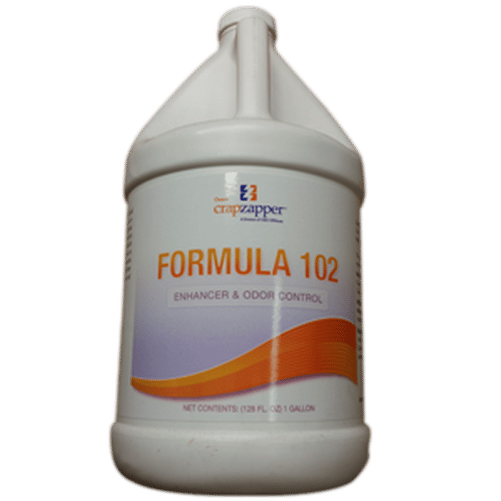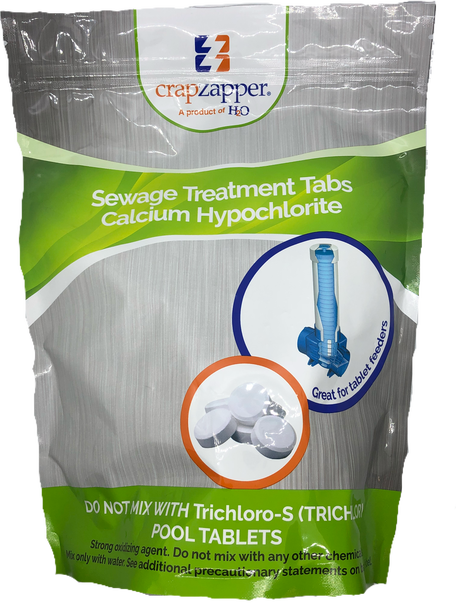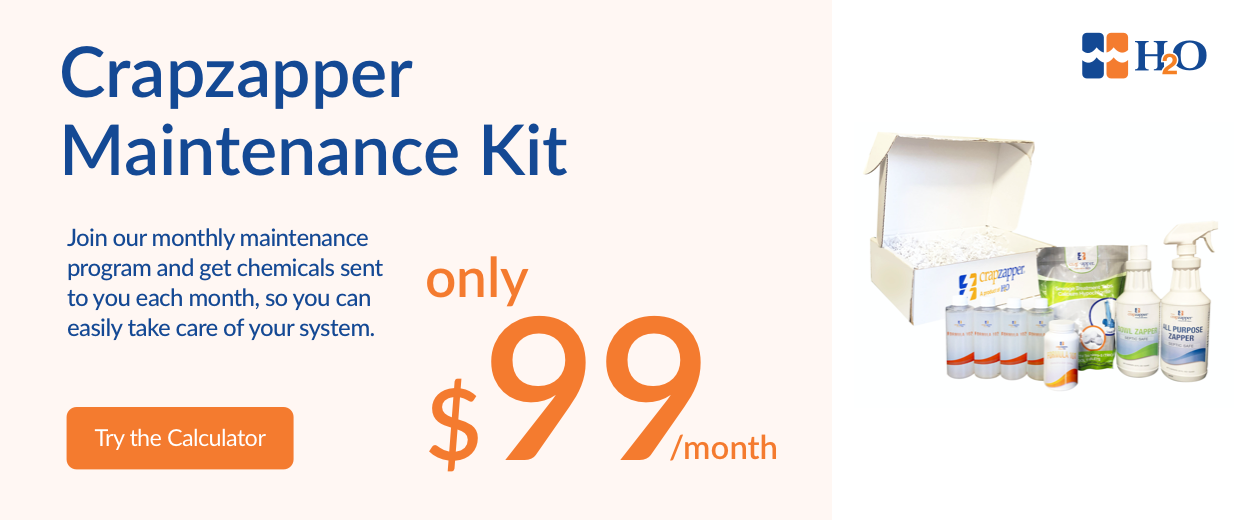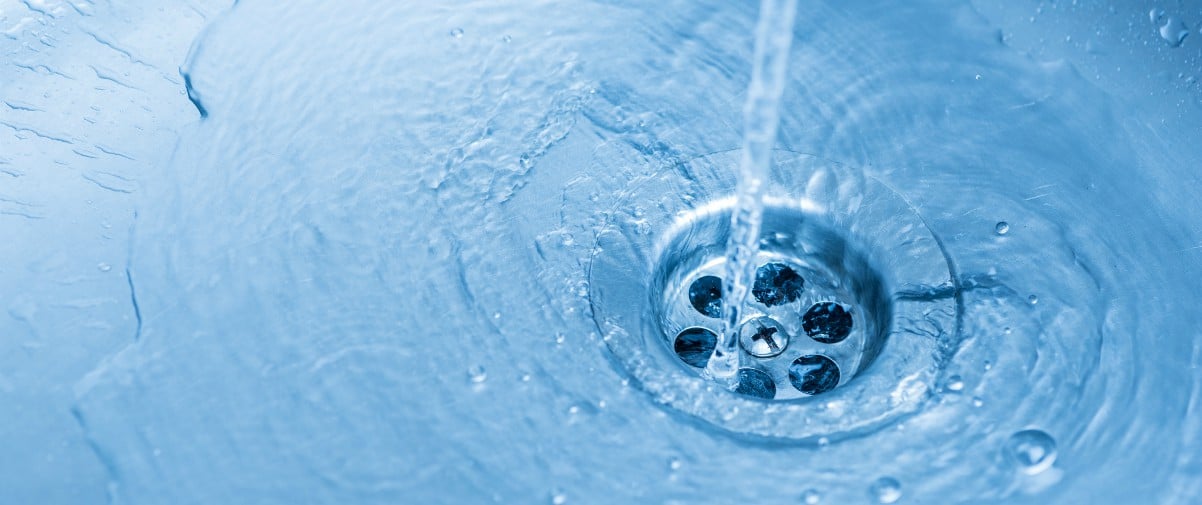
If your boat has a marine sanitation device, you already know how important it is for your vessel’s overall function. Having that system properly up and running will make your multiday excursions much more pleasant (not to say possible). Your sewage treatment system also ensures all of the waste that is discharged from your boat is completely up to U.S. Coast Guard or International Maritime Organization regulatory standards.
Interested in being able to safely host people on your boat without having to pay coast guard fines? Your marine sanitation device can help with that. However, just like any of the other systems on your boat, your sewage system is going to require routine maintenance and the proper marine toilet chemicals. For some of the larger, less frequent tasks, you may have to work with a certified professional, but you can handle other chores yourself to extend the life of your sewage treatment system.
One of the routine maintenance chores you’re going to have to complete on a regular basis is treating the sewage in your system with chemicals. Wondering why this is so important? Need a reminder as to why this should never, ever, be skipped? Let’s talk about that.
Why Is It Important to Treat Your Sewage Regularly?
First things first: You cannot discharge your sewage without treating it first because you might get fined. Making sure that your boat leaves its surrounding environment sparkling clean is important for both sustainability and your wallet.
Second, a properly running marine sanitation device needs regular maintenance in order to support routine life aboard your vessel. If you want to avoid unpleasant backups in your marine toilet or unwanted surprises while offshore, taking a few minutes to maintain your system is key.
If you don’t take the time to manage your sewage system with the right chemicals (and keep a regular schedule in doing so), you risk breaking the system, facing expensive and frustrating repairs, and having to deal with the sewage more directly than you might want to. Falling behind on your yearly sewage treatment schedule may result in your marine sanitation device (and its contents) becoming septic. This means that it will be unsafe, and that the system will be impacted. The liquid inside will become like sludge or a paste. You might encounter a stacked, dysfunctional unit and foul odors.
No one wants that, right? Instead, let’s discuss the chemicals and treatments to consider when putting together a routine sewage treatment plan for your marine sanitation device.
The 3 Types of Chemicals for Effective Sewage Treatment
When you’re gathering the supplies you’ll need on hand to make sure your marine sanitation device is working well at all times, there are a few chemicals you’ll definitely need to source. Here’s a quick cheat sheet for what’s truly necessary:
1. Powdered aerobic bacteria
Adding powdered bacteria to the waste inside your marine sanitation device in the presence of oxygen will allow the bacteria to start eating or processing the waste. The amount of powdered bacteria your system needs depends on the size and usage of your system. Proper dosing will require a scoop ratio based on the size of the sewage treatment unit.
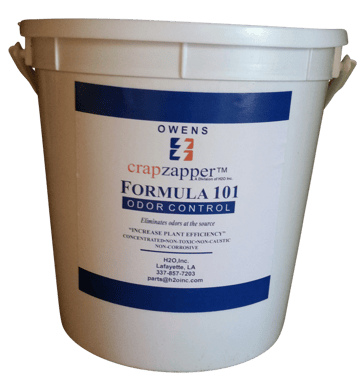
2. Bacterial enhancer
A liquid enhancer reduces the smell of the waste—definitely an option worth considering when you’re working in an enclosed or smaller space. That’s not all it does, however. A liquid bacterial enhancer can enhance the vitality of the bacteria, thereby enhancing how the bacteria are able to process the waste. (Think of it this way: A liquid enhancer is like Miracle-Gro specifically for bacteria.)
3. Calcium hypochlorite tablets
Chlorine is the chemical that the waste is treated with at the end of the process, after it’s been processed, allowed to separate, and clarified. It helps ensure that the fluid you discharge is safe for the surrounding environment. Calcium hypochlorite tablets are important: Without them, you’ll never reach the correct specifications for safely dischargeable processed waste.
Chemicals to Avoid Using with Your MSD
There are a few ingredients that might seem to make sense to stock because they seem similar to the items mentioned above or because you use them at home. However, they can do considerably more harm to your system than you might think. Follow the these tips, and you’ll be set to go:
Don’t use bleach
Often, people believe that they can treat a marine sanitation device like they treat their home system. At home, you can flush bleach down your plumbing and likely be fine. At sea, harsh chemicals flushed down the marine toilet will cause the inner walls of your sewage treatment system to deteriorate. Bleach can also force PVC to break down and damage the metal of the walls.
Don’t use antibacterial household cleaners
It might seem intuitive to use the same antibacterial household cleaners that you use to keep your home safe. However, the reason you shouldn’t use these cleaners lies in their very name. Remember when we noted that your marine sanitation device depends on aerobic bacteria to safely process the waste? With these cleaners, you’ll be killing off your bacteria and rendering your sewage treatment system useless.
Don’t use pool chlorine tablets
What’s the difference between chlorine tablets for your marine sanitation device and chlorine tablets for your pool? As it turns out, there’s a pretty big one! Pool chlorine tablets contain the chemical trichloro-s-triazinetrione which isn’t good for the walls of your system, or for your safety given the potential of explosions. It’s much better to stick with the hypochlorite tablets, which don’t have this chemical and are specifically made for sewage treatment systems.
Don’t use oil-based products
Remember the good bacteria that process the waste and effectively make your entire sewage treatment system run well? When they’re confronted with oily soaps and solvents, the good bacteria choke and die. This makes your marine sanitation device a useless piece of machinery. Steer clear of oil-based products, including anything with an orange oil (think Pine-Sol).
If you’re tempted to use any of these non-recommended products or solutions, think twice: Many of these mistakes will require you to completely stop, troubleshoot, fix, and restart your marine sanitation device. Restarting the system will require that you have a technician on-site, which may be expensive. If you’re looking for a cost-effective solution, ultimately, any of the above will likely end up costing you more money in the long run.
A Schedule for Timely, Routine Boat Maintenance
OK, now you have all of your recommended chemicals, and you’re ready to keep your sewage treated in a safe and easy way. You might be wondering just how often you need to treat your system in order to make sure everything’s running smoothly and reliably.
Fortunately, it’s not that complicated. Here’s a quick description of exactly how often to treat your marine sanitation device with the three supplies outlined above:
- Powdered aerobic bacteria: at least twice each month
- Bacterial enhancer in the dosing tank: once per month
- Chlorine tablets: once per month
It’ll likely be helpful to line up the doses so they’re all happening at similar times—for example, dosing with all three chemicals on the first day of the month and coming back midway through the month with another dose of the powdered bacteria. Putting up a calendar in your boat or simply adding a recurring reminder on your phone can help ensure that you’ll never miss a dose.
What do you do if you miss a few of the scheduled treatments? The first step is not to worry too much. If you find that the system has gone too long without proper maintenance, you can double or triple the bacteria products you dose the system with to re-establish bacterial growth. It takes about one week to get enough waste to add the powdered aerobic bacteria back in, and about 2-3 weeks after that to regrow the bacterial colony to waste-processing standards. All in all, it will take almost a month to get the system back on track.
Learn More About the Treatment Chemicals You Need Today
When you’re putting together a maintenance plan for your marine sanitation device, you’ll definitely want a professional source of information and support. Whether you need to learn more about the various chemicals used to treat sewage or you need help with your marine sanitation device, you can turn to H2O for dependable data.
Remember this: A properly working marine sanitation device is one that’s properly dosed and maintained. Taking the time to gather top-tier materials and lay out a schedule for taking care of your sewage treatment system is an investment that will benefit you for years to come. Learn more about the sewage treatment chemicals that you need to keep on hand today.

